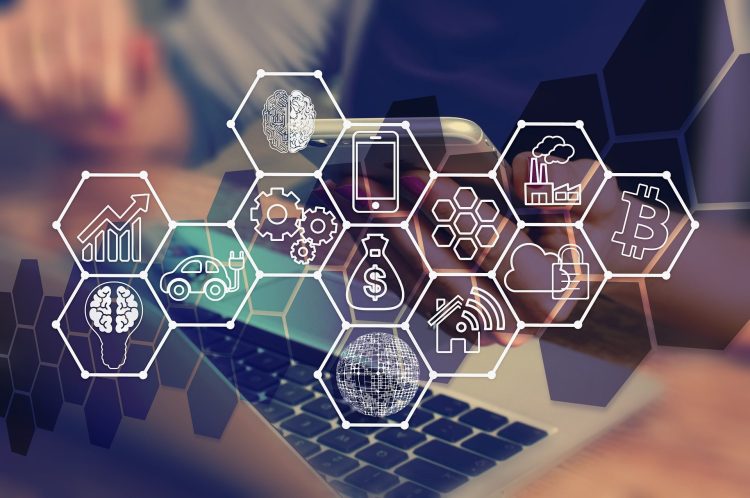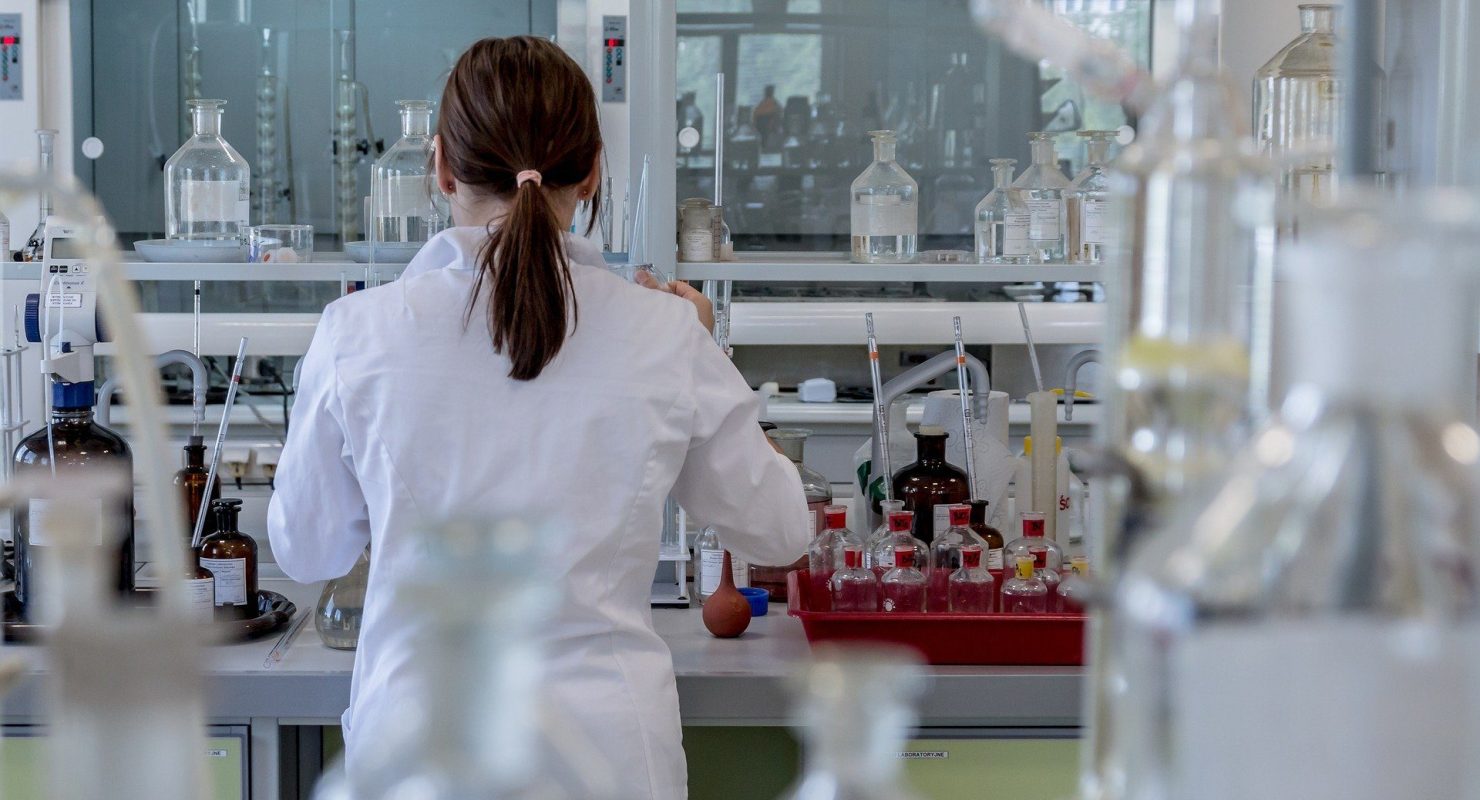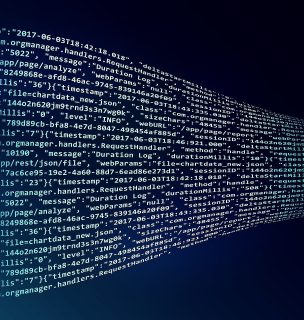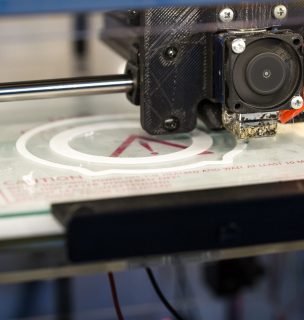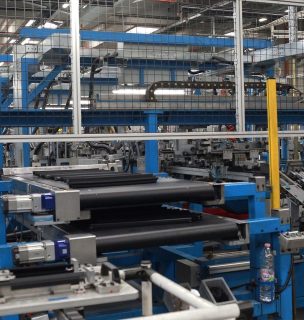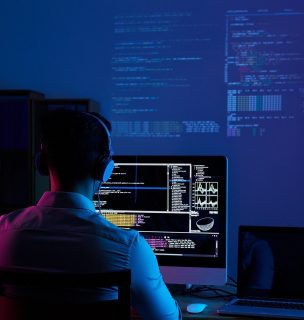“Understand how digital technologies play a role in improving health. Putting the user and their unique characteristics at the center of solution designers’ concerns.”
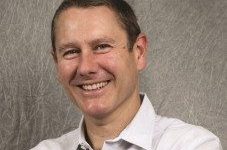
Frédéric RAVAUT
Head of the Health & Technology Major

Health and Technology Major
Understand the issues and participate in the health care of tomorrow
Presentation of the Engineering Cycle Health and Technology Major
The Health & Technology Major aims to present the applications of engineering training in professions closely or distantly related to health. It provides the knowledge and medical vocabulary necessary for communication between the engineer, the patient and the health professionals, and enables the creation of a network of contacts in this sector of activity.
The Health & Technology Major puts the engineer in a situation to better understand the disease or disability and to place the end user at the center of the designer’s concerns.
It helps to understand the complexity of health systems on a national and international scale, both in terms of the coverage of healthcare costs and the exchange of information, regulations, the marketing of medical devices, security and standards applicable to information systems as well as to connected objects which today invade the patient’s daily life and play a major role in his follow-up.
The objectives of the Engineering Cycle Health and Technology Major

Understand the user’s need

Putting the end user at the center of solution development

Work in collaboration with health professionals while learning to manage teams and projects

Develop innovative solutions that improve the quality of care and patient management
Program of the Major
The ECE Health and Technology major is based on the school’s expertise in innovation in the health, research and biology sectors.
- Anatomy, physiology, pathology
- Biological signals and instrumentation
- Signal processing and analysis
- Disability and prostheses
- Surgery, neuroscience and implants
- Cellular neurobiology
- Health Robotics


The opportunities of the Engineering Cycle Health and Technology Major
- Design and optimization of disability support tools
- Innovation and maintenance of large equipment
- Design of connected objects to improve health practices and promote home care
- Health Information Systems Engineer: Carte Vitale 1 and 2, Dossier Médical Personnel DMP, Health databases collected by connected objects, Big Data….
The head of the Major – Frédéric RAVAUT
Doctorate in computer science from the University of Paris 5 (René Descartes) in 1999. Mr Ravaut then studied the numerical treatment of the couple
“Seizure video/electroencephalogram (EEG)” in the context of childhood epilepsy.
Today, he devotes his research to unconventional human/machine interfaces and more specifically to the thought-based control of machines.
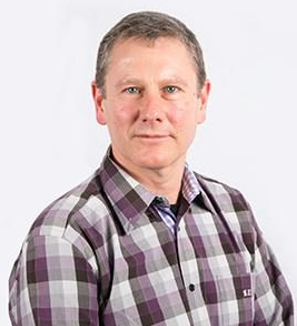
The program
2nd year of the engineering cycle (S7 and S8)
| Course | Hours |
|---|---|
| Anatomy and physiology | 50h |
| Processing of physiological signals | 50h |
| Medical devices, health information systems, regulations, security | 50h |
| Biomechanics, robotics & prostheses | 50h |
| Medical Imaging | 50h |
| AI & health data | 50h |
3rd year of the engineering cycle (S9 and S10)
| Course | Hours |
|---|---|
| Disability | 50h |
| Neuroscience & implants | 50h |
| Computer assisted surgery, modeling, digital twin | 50h |
Discover the training in pictures
Some of our training partners
(Non-exhaustive list)
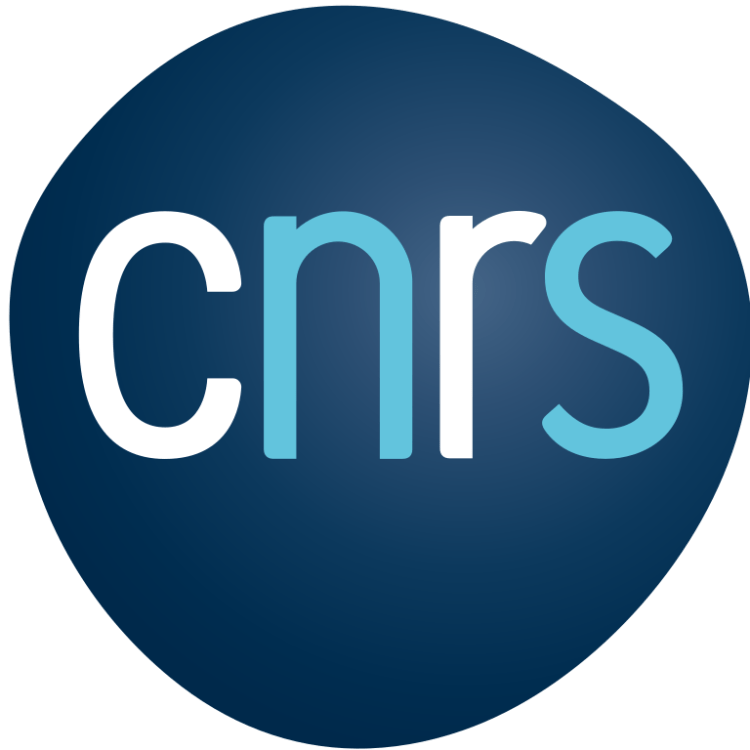
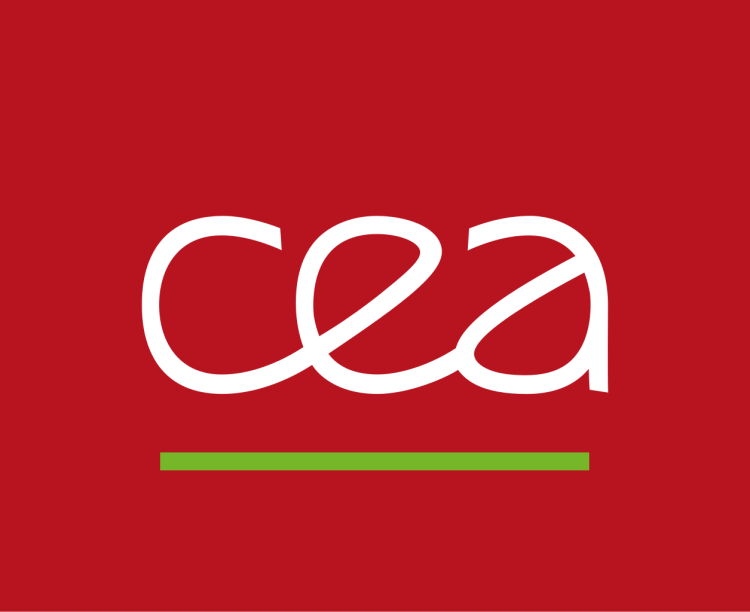


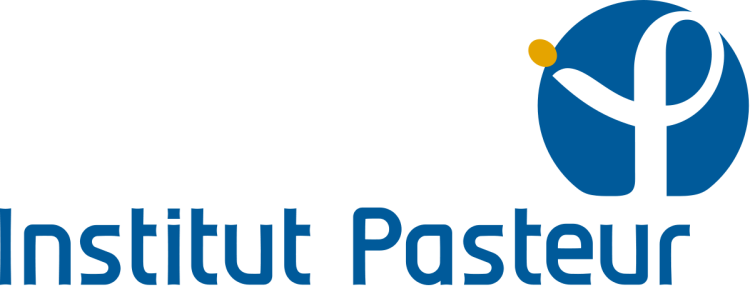
Contact us!
A question ?
Contact us for more information!

